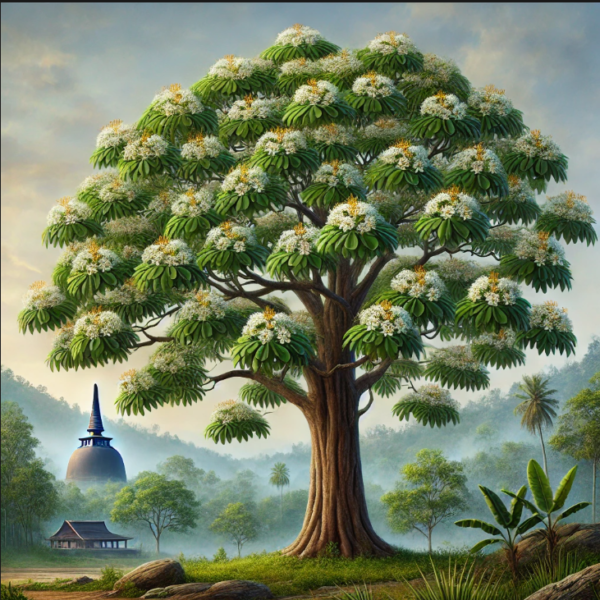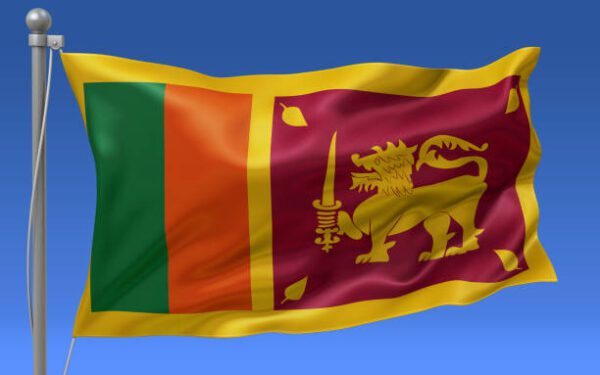The National Tree of Sri Lanka: The Ironwood Tree (Mesua ferrea)-by Kalani-eLanka

Sri Lanka’s national tree is the Ironwood tree (Mesua ferrea), locally known as “Na Tree” (නා ගස). Declared as the national tree in 1986, it holds great cultural, religious, and ecological significance in the country.
Botanical Features
The Ironwood tree is an evergreen species known for its dense, dark green leaves and fragrant white flowers with golden stamens. It is a slow-growing tree that can reach heights of up to 30 meters. The wood of the tree is extremely hard and durable, making it valuable for construction and furniture-making.
Cultural and Religious Importance
The Na tree is deeply connected to Buddhism in Sri Lanka. It is believed to be the tree under which Buddha gave his first sermon after attaining enlightenment. Many Buddhist temples have Na trees planted in their courtyards, symbolizing purity and wisdom. Additionally, in Hindu traditions, the tree is associated with the goddess Lakshmi.
Ecological and Medicinal Uses
The Ironwood tree plays an important role in Sri Lanka’s environment. It provides shade, prevents soil erosion, and supports biodiversity. Various parts of the tree are used in traditional Ayurvedic medicine for treating skin diseases, wounds, and digestive disorders.
Conservation and Protection
As Sri Lanka’s national tree, the Ironwood tree is protected by law, and cutting it down without permission is prohibited. Conservation efforts focus on planting Na trees in parks, gardens, and protected areas to ensure its survival for future generations.
The Na tree is not just a symbol of Sri Lanka’s rich natural heritage but also a revered part of its culture and religion. Its beauty, strength, and significance make it a fitting choice as the national tree of Sri Lanka.




















